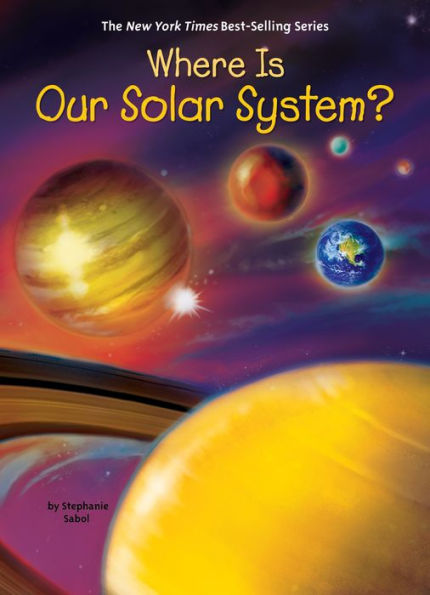Readers will want to grab a telescope and explore the night skies after finishing this overview of our solar system.
Our solar system consists of eight planets, as well as numerous moons, comets, asteroids, and meteoroids. For thousands of years, humans believed that Earth was at the center of the Universe, but all of that changed in the 17th century. Astronomers like Nicolaus Copernicus, Galileo Galilei, Johannes Kepler, and Isaac Newton proposed the unthinkable theory that Earth and the other planets actually revolved around the Sun. This engaging book chronicles the beginning of the modern age of astronomy, then follows later discoveries, including NASA's current missions in space.
1126311732
Our solar system consists of eight planets, as well as numerous moons, comets, asteroids, and meteoroids. For thousands of years, humans believed that Earth was at the center of the Universe, but all of that changed in the 17th century. Astronomers like Nicolaus Copernicus, Galileo Galilei, Johannes Kepler, and Isaac Newton proposed the unthinkable theory that Earth and the other planets actually revolved around the Sun. This engaging book chronicles the beginning of the modern age of astronomy, then follows later discoveries, including NASA's current missions in space.
Where Is Our Solar System?
Readers will want to grab a telescope and explore the night skies after finishing this overview of our solar system.
Our solar system consists of eight planets, as well as numerous moons, comets, asteroids, and meteoroids. For thousands of years, humans believed that Earth was at the center of the Universe, but all of that changed in the 17th century. Astronomers like Nicolaus Copernicus, Galileo Galilei, Johannes Kepler, and Isaac Newton proposed the unthinkable theory that Earth and the other planets actually revolved around the Sun. This engaging book chronicles the beginning of the modern age of astronomy, then follows later discoveries, including NASA's current missions in space.
Our solar system consists of eight planets, as well as numerous moons, comets, asteroids, and meteoroids. For thousands of years, humans believed that Earth was at the center of the Universe, but all of that changed in the 17th century. Astronomers like Nicolaus Copernicus, Galileo Galilei, Johannes Kepler, and Isaac Newton proposed the unthinkable theory that Earth and the other planets actually revolved around the Sun. This engaging book chronicles the beginning of the modern age of astronomy, then follows later discoveries, including NASA's current missions in space.
5.99
In Stock
5
1

Where Is Our Solar System?
112
Where Is Our Solar System?
112Related collections and offers
5.99
In Stock


Product Details
| ISBN-13: | 9780515158199 |
|---|---|
| Publisher: | Penguin Young Readers Group |
| Publication date: | 01/02/2018 |
| Series: | Where Is? Series |
| Sold by: | Penguin Group |
| Format: | eBook |
| Pages: | 112 |
| File size: | 31 MB |
| Note: | This product may take a few minutes to download. |
| Age Range: | 8 - 12 Years |
About the Author
From the B&N Reads Blog
